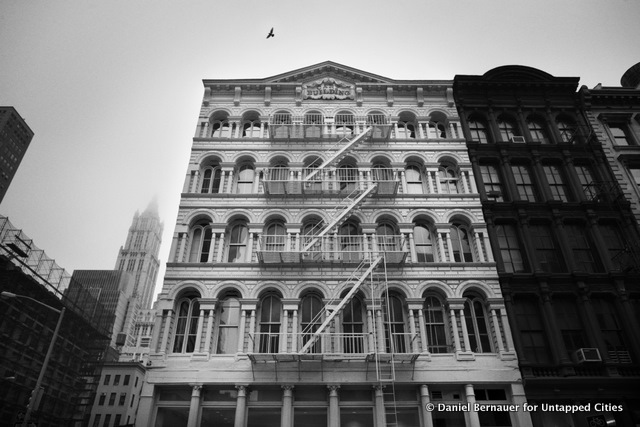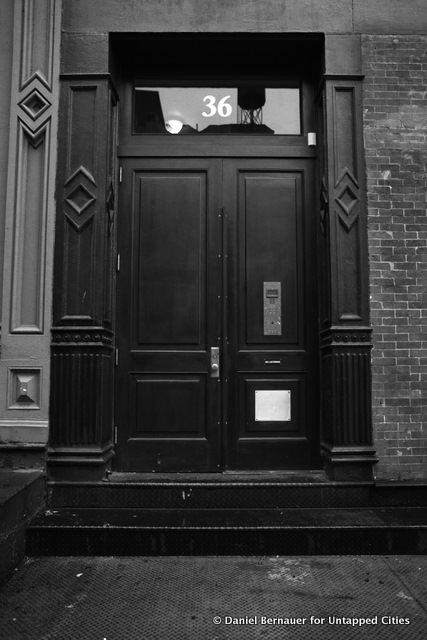
Did you know that the Underground Railroad once ran through New York City? The New York City stops were, in fact, a major segment on the journey to freedom. Many settled in the area formerly known as Five Points, where African Americans, freed slaves and fugitive slaves co-mingled with immigrants from Ireland and Germany. The Five Points area, bordered by present day Bowery Street, Canal Street, Centre Street and Park Row, was a notorious slum riddled with crime, disease, overcrowded tenements and unsanitary living conditions.
Within and around this tumultuous enclave lived a clandestine community of progressive citizens who helped fugitive slaves escape, and whose network of Underground Railroad locations stretchess across the city. While some of these buildings still exist, most of them have disappeared. Some were burned down, some torn down. Untapped has been on a pilgrimage over the past year to visit and document this lesser known piece of New York history. The beautiful images of Untapped Cities photographer Daniel Bernauer capture the juxtaposition between past and present in all of these locations.
1. David Ruggles Home — 36 Lispenard Street (Tribeca)
David Ruggles was born a free man in Connecticut around 1810 and arrived in New York at the age of 17. He quickly became an activist for African American rights and the abolitionist movement. Ruggles’s home on 36 Lispenard Street was a veritable hub for both the Underground Railroad and African American activist/intellectual culture.
As part of the Underground Railroad, Ruggles hosted an estimated 600 escaped slaves in transit, including famed abolitionist Frederick Douglass. He also operated a bookstore and library out of his home, providing many anti-slavery pamphlets, newspapers and other reading material. He purchased a printing press, which he used to publish his own pamphlets and a magazine that he edited–the Mirror of Liberty, the first African American magazine. Sadly, Ruggles died penniless and blind at age 39, laden with financial troubles.
The original townhouse was demolished and 36 Lispenard is now La Colombe Torrefaction coffee shop. The barista told us that the basement was original, but we couldn’t get a peek, unfortunately.






